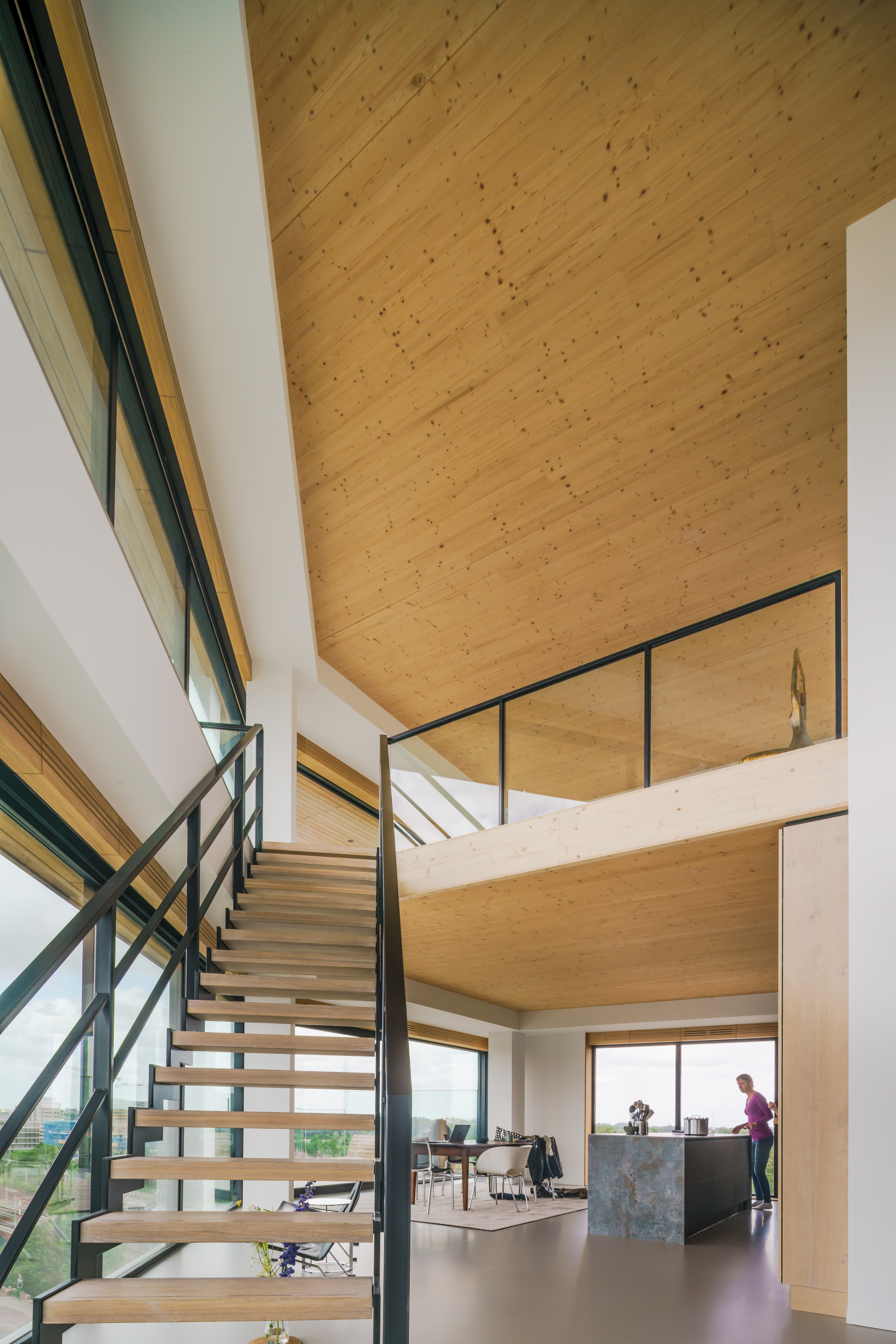HAUT Amsterdam first residential building in Netherlands to achieve BREEAM Outstanding
Overview
HAUT Amsterdam is a 21-storey residential building pioneering the use of cross-laminated timber (CLT). HAUT is not only a landmark in Amsterdam but also a global exemplar in the construction of hybrid timber high-rises. It showcases how cutting-edge design can harmonise with environmental responsibility.
About
HAUT is one of the tallest mass-timber buildings in the world. It features 52 luxury homes and a ground floor with commercial space. The building's main structure comprises CLT walls and floors combined with a concrete core and foundation, significantly reducing its carbon footprint. Notable sustainability features include solar panels on the facade, rooftop gardens with rainwater storage, and smart home automation systems. The design also incorporates approximately 100 bird and bat nests in the facade, supporting local biodiversity.
Background
In 2016, the idea of constructing high-rise buildings with timber was not considered practical. However, HAUT's vision and the commitment of its partners have contributed to a significant shift in the Dutch construction industry. The project’s client, Lingotto, for instance, successfully completed the 'HoutWerk' office building in Utrecht in 2021, with 'HoutWerk II' also under construction.
Team V Architecture and Arup have designed HAUT, one of Europe's largest timber hybrid office buildings for DPG Media in Amsterdam, set for completion in 2024. The construction of the timber hybrid residential tower, Amstelwood, in Amstelveen, also designed by Team V Architecture and Arup, is in progress. J.P. van Eesteren has experience constructing circular timber offices, such as those for Triodos Bank. In essence, HAUT's partners are actively engaged in various new and large-scale timber-based initiatives, firmly establishing timber construction as a viable way to construct sustainably.
HAUT's success reflects the industry's growing commitment to sustainable construction practices, through the use of circular design principles and renewable materials.
Challenges
The HAUT project faced significant sustainability challenges, particularly with the use of mass timber in high-rise construction, which was relatively new at the time. Ensuring fire safety and acoustics compliance required extensive engineering and innovation. The team had to develop and implement new building techniques to meet these stringent requirements, while also ensuring that the building's aesthetic and functional goals were met. This involved close collaboration with experts in timber construction and the use of advanced simulation tools to model and optimise the building's performance.
Another major challenge was the site’s specific conditions, which included a desired building height and a full glass facade that added complexity to the design. The combination of these elements with the sustainable use of timber required innovative structural solutions to ensure stability and safety. The team successfully navigated these challenges through international collaboration, technical innovation, and a commitment to sustainability, ultimately proving the feasibility of high-rise timber buildings with striking architecture.
Solutions
HAUT's design integrates a mix of CLT walls and floors with a concrete core, ensuring structural integrity while significantly reducing the building's carbon footprint. This hybrid approach enabled the team to overcome challenges related to fire safety, acoustics, and the structural demands of a high-rise. The building's facade features extensive solar panels, and its rooftop gardens incorporate rainwater storage, contributing to its overall energy efficiency and environmental performance.
BREEAM’s holistic approach ensured that all aspects of sustainability were considered, from energy efficiency and materials to health and well-being. The rigorous standards set by BREEAM pushed the design team to innovate and achieve higher levels of sustainability than initially envisioned, resulting in HAUT becoming the first residential high-rise in the Netherlands to achieve a BREEAM Outstanding certification.
Unique features of HAUT include its high level of customisation allowed by the CLT panels, large floor-to-ceiling windows providing ample natural light and spectacular views, and the integration of innovative installations such as smart home automation. Additionally, the building's design includes approximately 100 bird and bat nests hidden in the facade, promoting local biodiversity.
Benefits
HAUT’s innovative construction offers numerous benefits, including significant carbon savings. The building stores approximately 2,500 tonnes of CO2 within its timber structure, which is equivalent to the emissions from the energy use of its 52 homes for ten years. The project also showcases how timber can be used to create flexible and aesthetically pleasing living spaces, with large windows providing ample natural light and stunning views over the Amstel River.
| Feature | Benefit |
|---|---|
| High level of customisation | Allows residents to personalise their living spaces |
| Large floor-to-ceiling windows | Provides natural light and enhances aesthetic appeal |
| Rooftop gardens with rainwater storage | Improves energy efficiency and supports sustainable water management |
| Solar panels on the facade | Contributes to the building’s energy efficiency |
| Smart home automation | Enhances convenience and reduces energy use |
| Hidden bird and bat nests | Promotes biodiversity and integrates the building into the local ecosystem |
| Hybrid timber-concrete structure | Ensures structural integrity while maintaining sustainability goals |
Summary
Get in touch
For more information, call us on +443333218811, email us at enquiries@bregroup.com or use the online form.
Contact usBrowse more from our latest case studies:
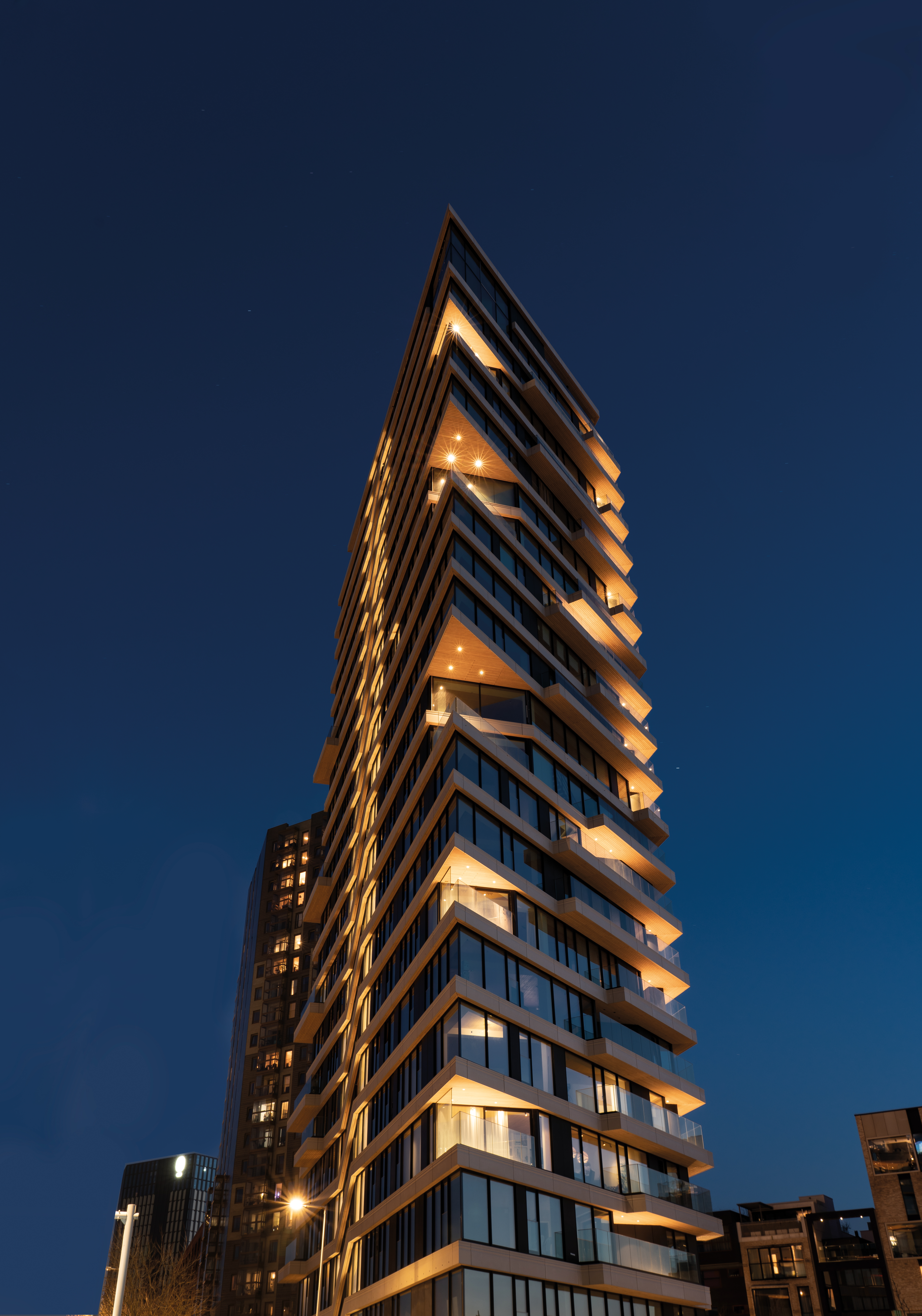
HAUT Amsterdam first residential building in Netherlands to achieve BREEAM Outstanding

KKR Expands Sustainability Across US Property Portfolio with BREEAM

2 Auriol Drive Refurbishment Sets New BREEAM Standards
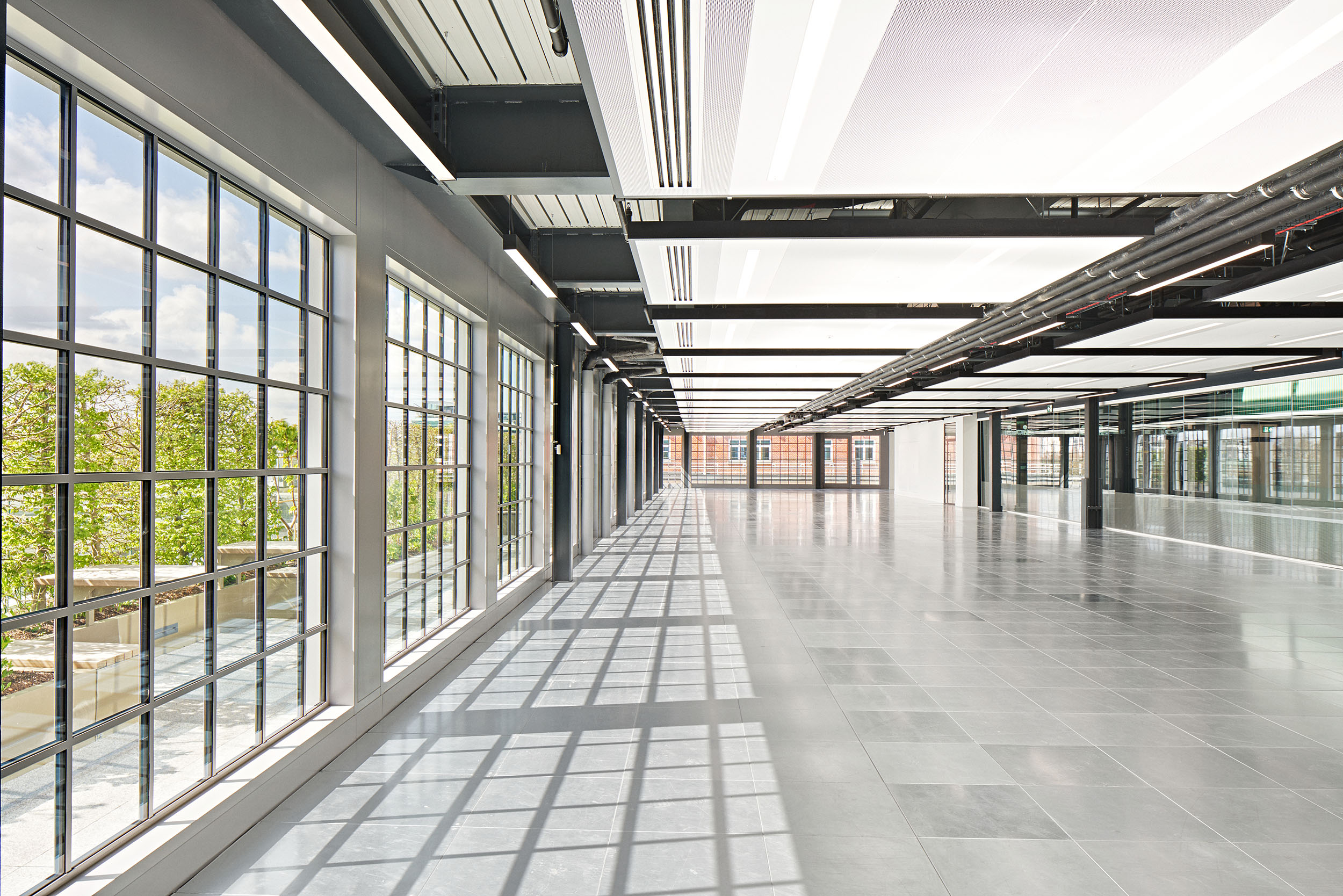
Heritage & Sustainability: Northcliffe's BREEAM Outstanding Journey
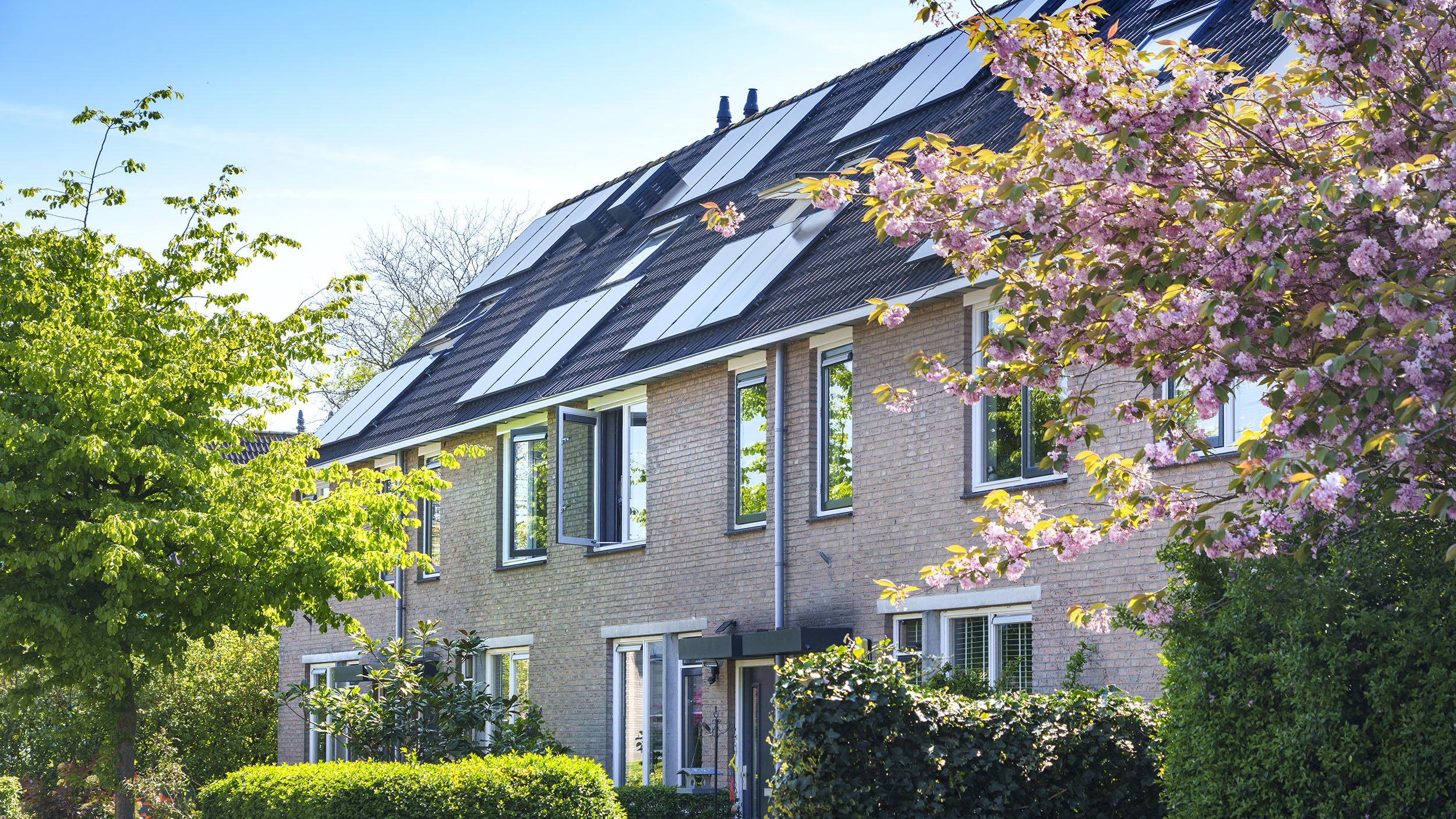
ASR elevates residential sustainability with Mark e.o. Huizen BREEAM In-Use project

Fugro's new BREEAM Outstanding headquarters a benchmark in sustainable office design
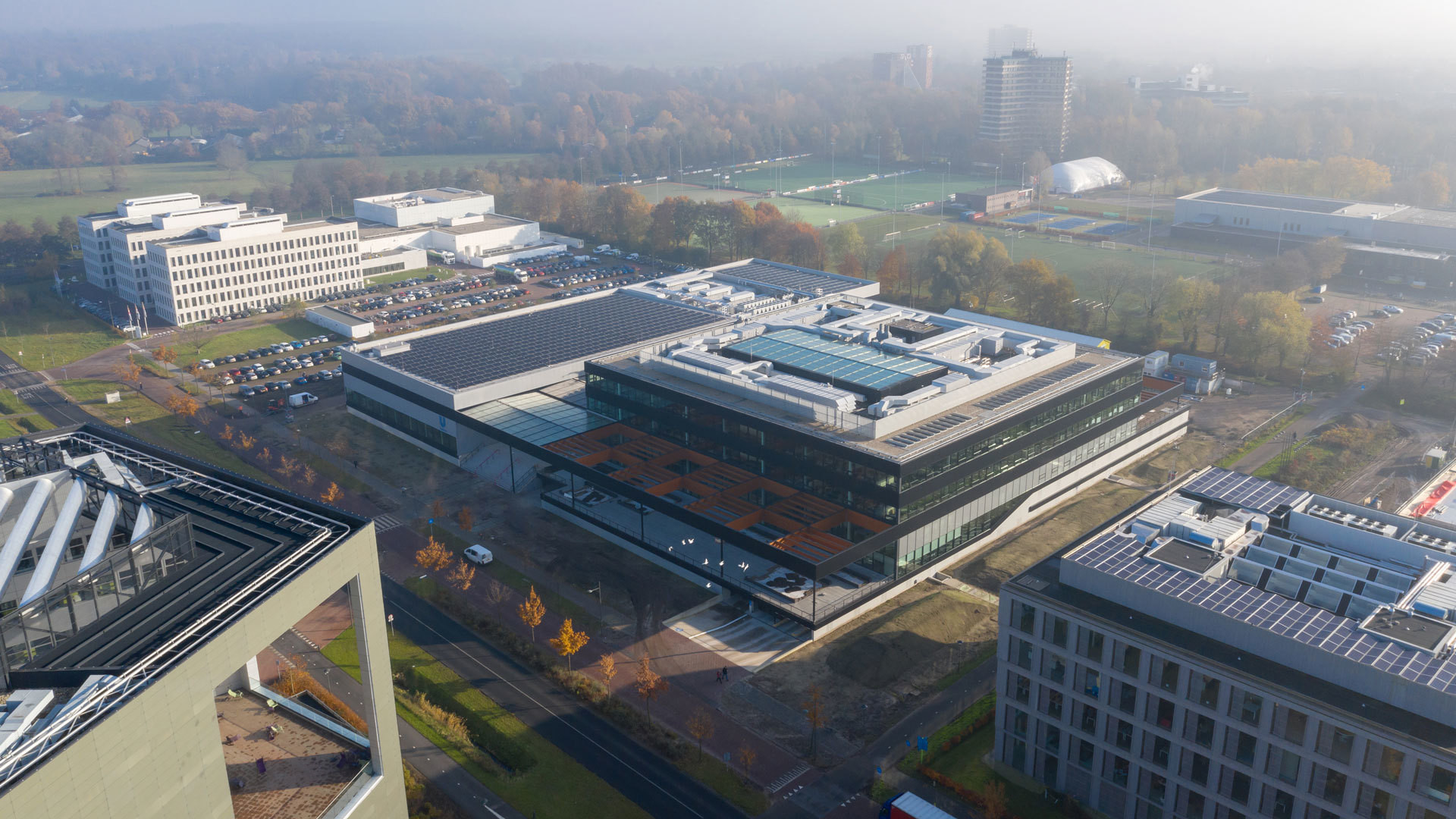
BREEAM guides sustainable design and construction of Unilever HIVE’s food innovation hub
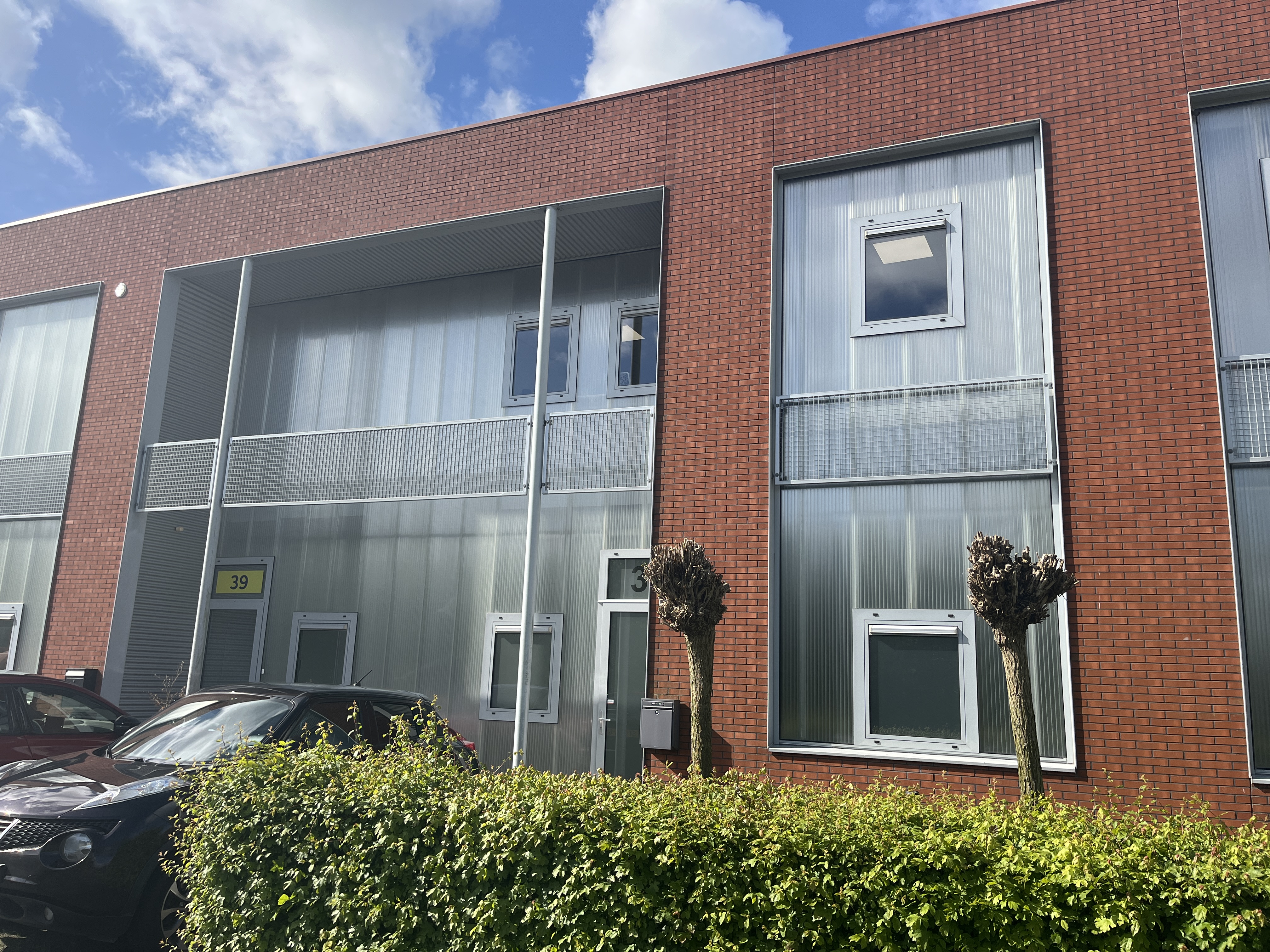
Pioneering sustainability in the built environment with DuurzaamheidsCertificering BV, winners of the BREEAM Best Assessor Award 2024


